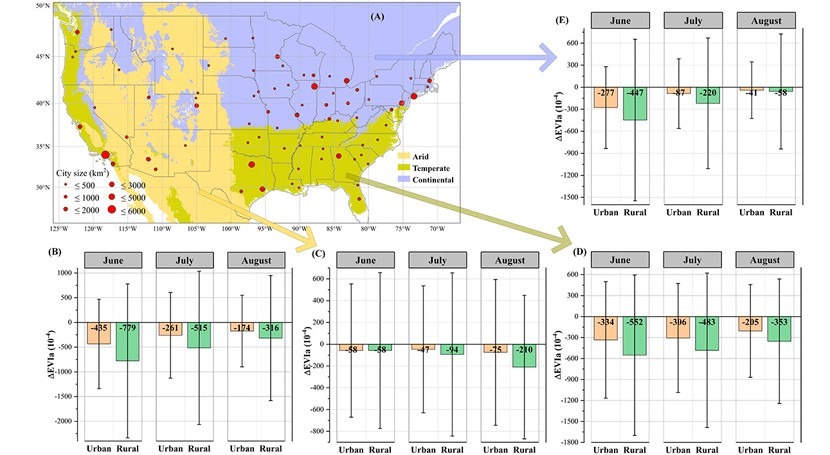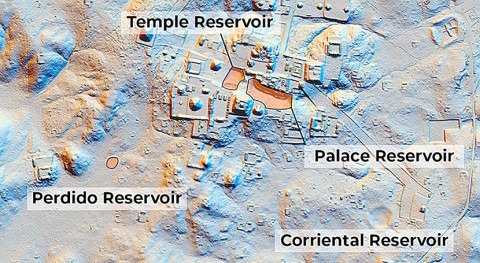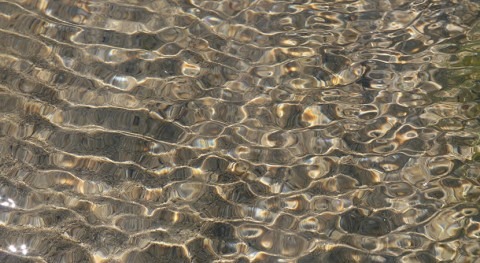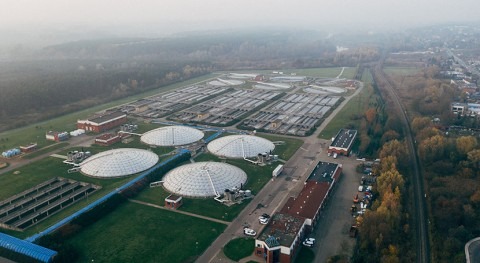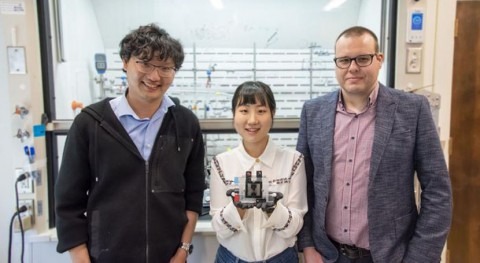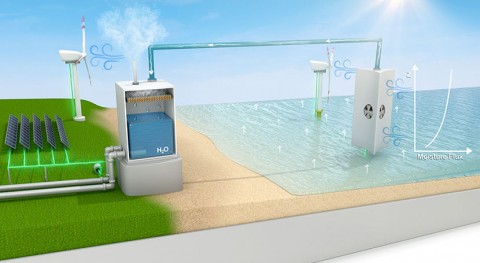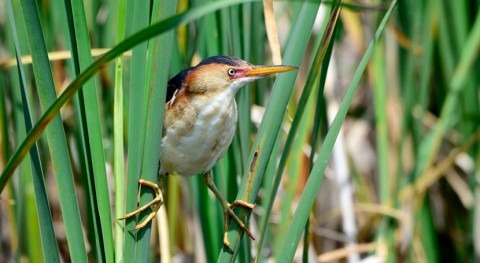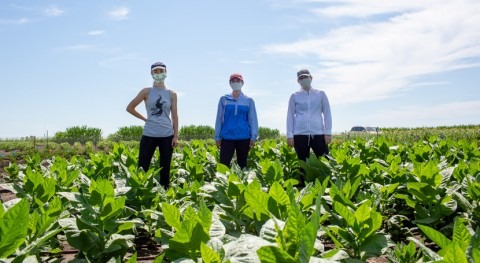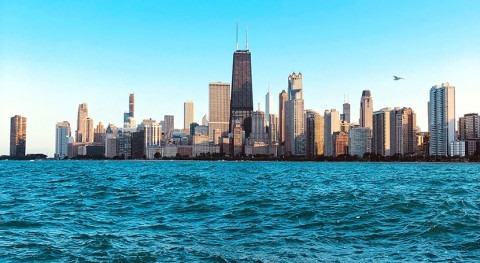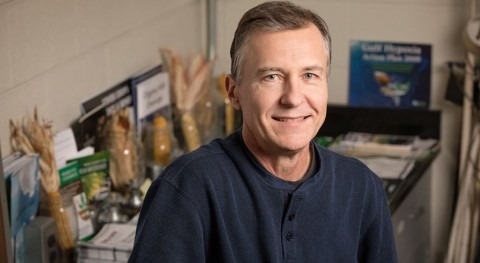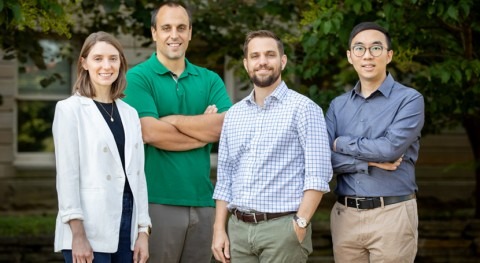Globally, plants are reaping the benefits of elevated CO2 levels in the atmosphere by increasing photosynthesis rates, a phenomenon known as the CO2 fertilization effect. However, those benefits might be offset by drier and warmer climates caused by global warming and extreme climate events. Using data collected from urban environments, researchers at Illinois have been able to study dueling effects of climate change factors on vegetation response to drought.
“We are trying to understand photosynthesis on a broader scale by looking at urban ecosystems,” said Peng Fu, postdoctoral researcher and member of the Realizing Increased Photosynthetic Efficiency (RIPE) project team who is lead author of the study. “Cities are a unique environment in that we can see elevated temperatures, air pollution and variation in these variables along cities and neighboring rural regions. We looked at whether we could leverage this unique environment to understand the impact of the different environmental factors on vegetation growth.”
Plant biologists at Illinois utilize facilities such as the free-air CO2 enrichment (FACE) facility to study the impact of different global change factors on vegetation growth. However, controlling environmental factors can be difficult and maintaining such facilities can be costly. For this study, Fu used his expertise in remote sensing to extend previous work done in FACE facilities and apply it to urban environments.
“Long-term remote sensing datasets can be used in combination with FACE experiments to better understand how atmospheric changes in combination with climate impact plant productivity,” said Lisa Ainsworth (CABBI/GEGC), the Research Leader of the US Department of Agriculture (USDA) Agricultural Research Service (ARS) Global Change and Photosynthesis Research Unit and co-author of the study.
A combination of remote sensing and publicly available datasets were used in the study, which was recently reported in the journal Environmental Research Letters. Fu and researchers focused on urban-rural gradients spanning 18 years in the conterminous United States, analyzing 75 urban-rural pairs that represented different sizes and climate zones.
“We looked at vegetation growth in non-drought and drought conditions and quantified the difference between the two, which is what we call the vegetation drought resistance,” said Fu. “If there is a smaller difference, that means it has a better ability to deal with the drought.”
After quantifying vegetation resistance values, the researchers saw stronger resistance to drought for vegetation in urban areas compared to vegetation in rural areas. Next, they examined the environmental drivers of the observed discrepancies in drought resistance of vegetation growth.
Using the partial correlation method, they were able to understand the environmental factors/drivers that affect vegetation growth, such as temperature and CO2 and O3 concentration. The team used statistical analysis and found that enhanced drought resistance of urban vegetation was attributed to increased temperature and CO2 concentration, along with reduced O3 concentration.
“We think temperature can enhance the growth in drought conditions because we see that vegetation has an extended growth season, and thus more time to accumulate biomass to deal with the drought,” said Fu. “For CO2, it's the fertilization effect because the higher CO2 concentration in the cities leads to more vegetation growth and thus, a stronger ability to deal with the drought.”
“Air pollutants such as ozone can adversely affect vegetation growth and the variation in ozone concentration along the urban-rural regions can explain the stronger drought resistance of vegetation growth in cities”, said Carl Bernacchi (CABBI/GEGC), a USDA-ARS affiliated plant physiologist and co-author of this study.
Fu and his team will continue their urban physiological approach and look specifically at the impact of individual factors on vegetation. These analyses will allow the researchers to make projections based on climate change scenarios, as cities are already experiencing heightened temperatures.
“For understanding global warming effects, I think we can leverage the city environment or the ‘natural laboratory’ idea,” said Fu. “If we can provide solutions to dealing with the vulnerability of the urban environment to climate change, that will benefit the society as a whole and help the natural ecosystem in general.”
The USDA-ARS and NASA supported this research.


